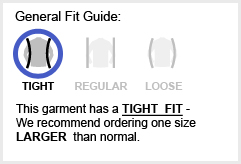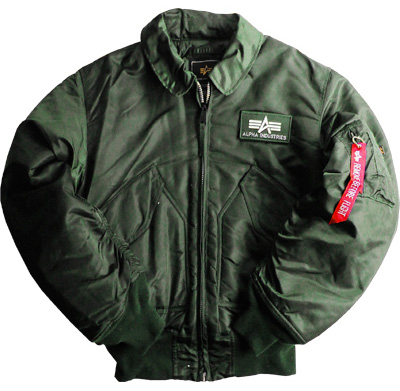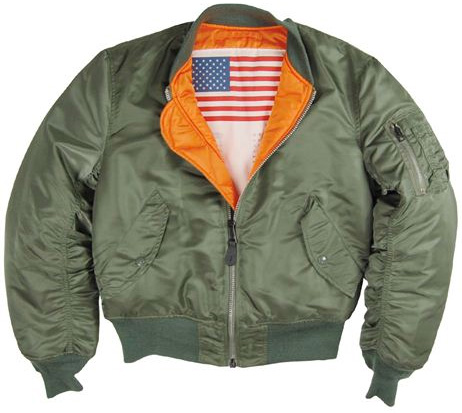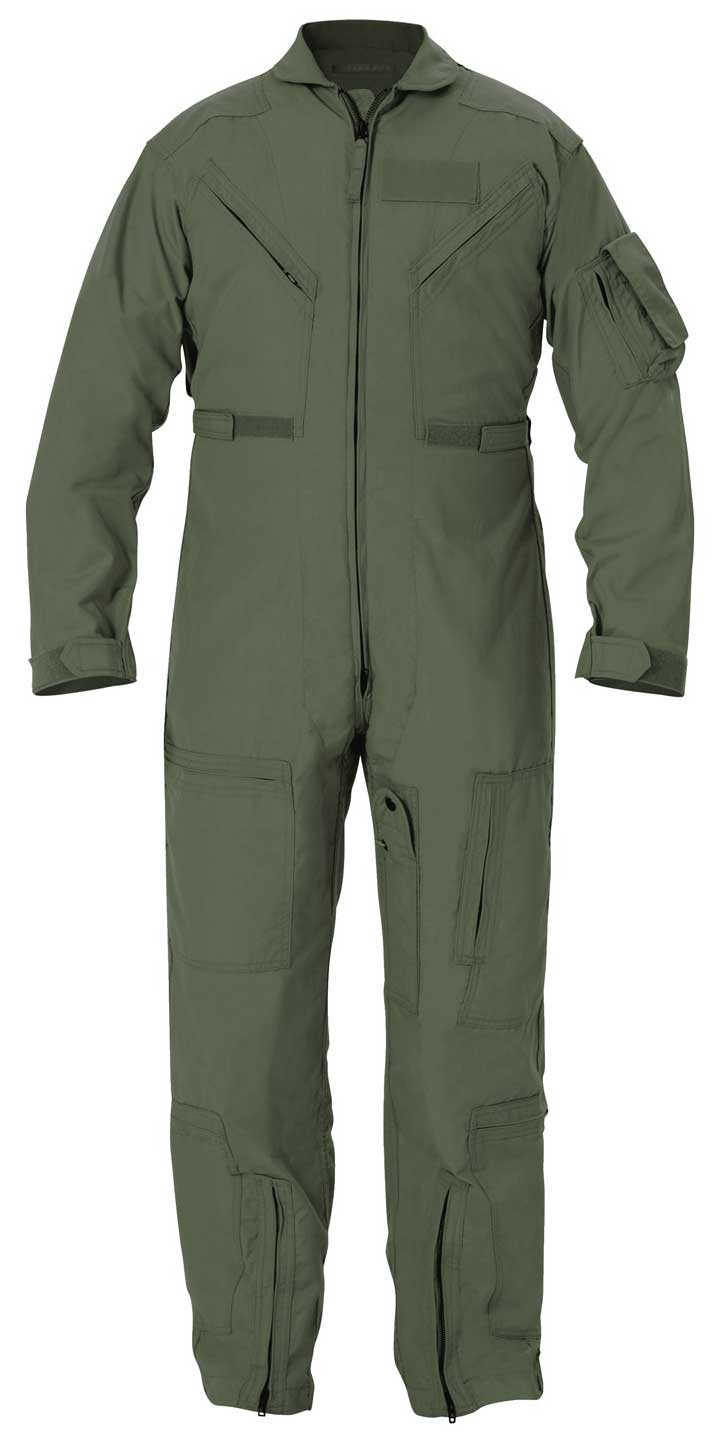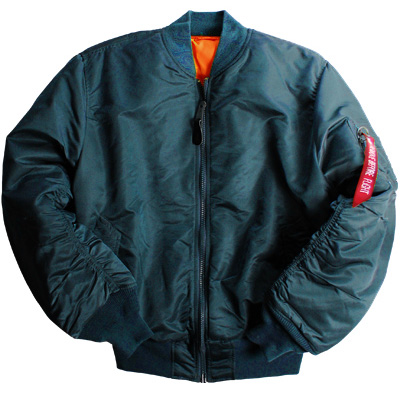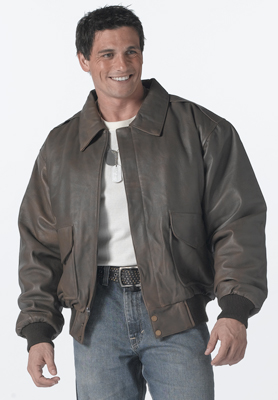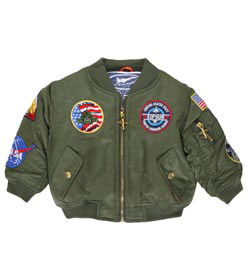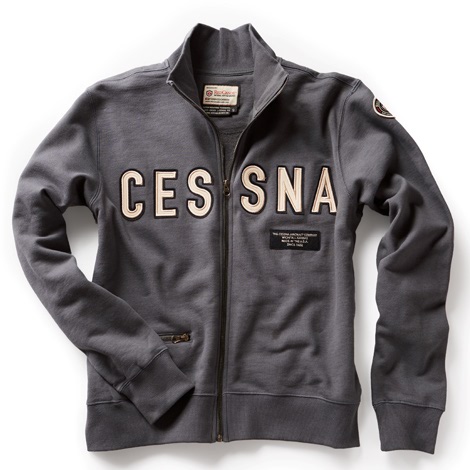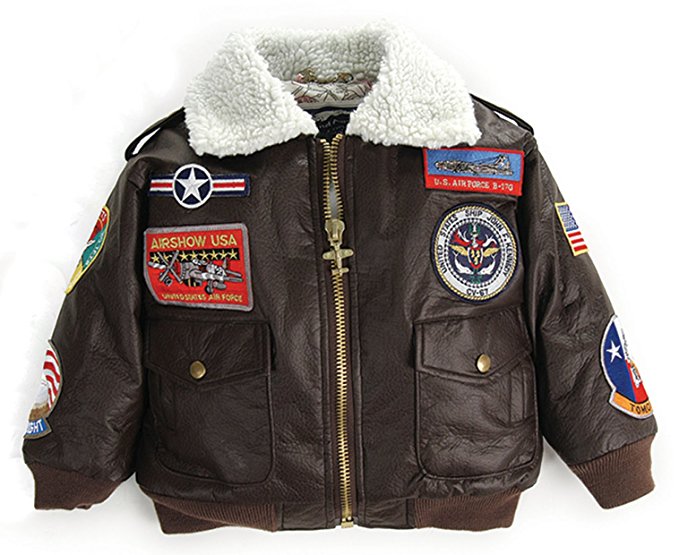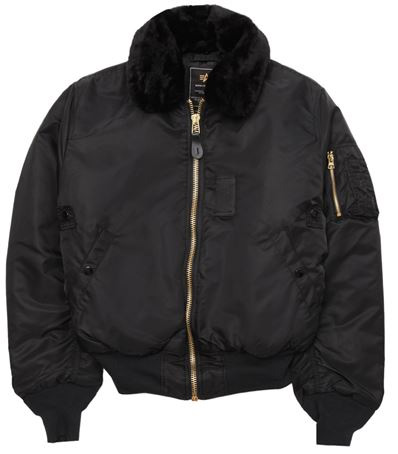Alpha Ma-1 Flight Jacket Sage
Overview
| Introduced by the mid-1950s, the MA-1 became the flight jacket of U.S. Air Force and Navy pilots and ground crew. Designed for use in temperatures of 14-50 degrees F, the MA-1 had a 100% wool knit collar, waistband and cuffs. The MA-1 discarded the mouton fur collar of its predecessor, the B-15, because it interfered with the parachute harness worn by aviators. Other features of the jacket included a tab that the oxygen mask was clipped to, tabs to hold the headset wires in place and the original U.S. Air Force decal. These features were eventually removed from the flight jacket as it was adopted by other branches of the U.S. Armed Forces and equipment for pilots changed. An addition to the jacket in 1960 was the reversibility to show off an Indian Orange lining. The reason being if a plane crashed, the pilot could reverse the jacket to the orange side to signal rescue personnel. Alpha Industries' first government contract for the MA-1 was awarded in 1963. We started producing the MA-1 flight jacket for the civilian population in the 1970s. Black was added to the military sage green requirement. The jacket has evolved over the years but it is still one of the top sellers and today we produce many variations on this classic flight jacket. A mid-weight nylon with water resistance and scads of versatility, the MA-1 Navy fighter pilot jacket was the first military flight jacket to cross over into civilian fashion. The nylon flight jacket includes knit cuffs, a knit collar, and waistband, as well as a strong front zipper with storm flap for warmth. There are multiple snap-closure pockets as well as the utility/pencil pocket with the "Remove Before Flight" keychain. The MA-1 jackets are reversible to bright orange, making them ideal for rescue missions and other times when visibility is imperative. This current version has been kept as close as possible to the classic specifications (dating back to the early 1950?s) and also received several revisions during the 1960?s. |




